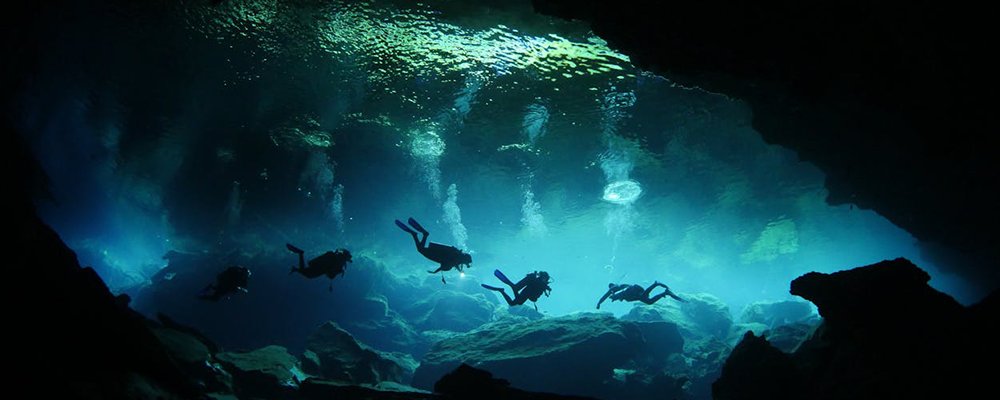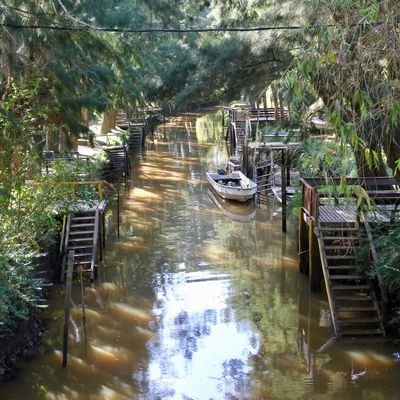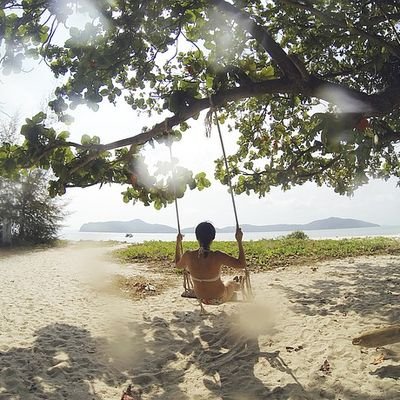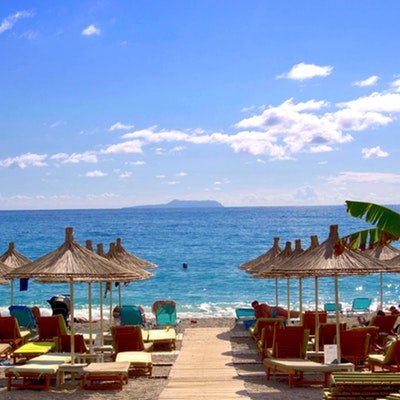Thrill-seekers and adventurists who love to live dangerously and risk it all while on holiday can create wonderful memories. For the less fortunate, this could mean a broken limb and an even more painful financial hit, as an expensive hospital stay may not be paid for by travel insurance.
However, holidays are to be enjoyed, and if you like to push the boundaries, always ensure your insurance policy covers you every step of the way. Even the most mundane activities, such as driving in a foreign land, riding a motorbike, or enjoying a boat trip, can provoke an accident.
For dangerous pursuits, you can read paragliding, snorkelling, trekking, or even venturing to go up in a hot balloon. However, the solo travel website Nomadic Yak has gone a step further and tried to define the most dangerous pursuits you could contemplate.
There’s plenty of science behind the stats, given that the likes of fatality rates across Australia, the US, the UK and Europe have been collected.

Some of the deadliest activities for tourists included driving, food poisoning and alcohol poisoning through binge drinking. The safest activities involved shark cage diving, theme park rides and volcano boarding.
Nomadic Yak’s assessment revealed that rocks, four-legged friends and wheels are among the top ten reasons for accidents. Top of the danger league were mountaineering and rock climbing, averaging one death in 3,125 climbers.
While cave diving and paragliding were present, more surprising activities, such as horse riding and running of the bulls at the famous festival Pamplona, Spain, were more deadly than jet skiing, whitewater rafting, and submersible tours.
According Nomadic Yak, the top 25 deadliest tourist pursuits are:
- Mountaineering and rock climbing
- Cave diving
- Driving
- Horseback riding
- Paragliding
- Mountain biking
- Hiking
- Motorcycle riding
- Skydiving
- Running of the Bulls
- Eating (food poisoning)
- Jet skiing
- Binge drinking (alcohol poisoning)
- Swimming (open water)
- Surfing
- Sightseeing flights (plane and helicopter)
- White water rafting
- Submersible tours
- Snorkelling
- Boating (motor)
- Cycling
- Swimming (pool)
- Bungee jumping
- Hot air ballooning
- Recreational scuba diving
Conclusion:
All in all, if you want to enjoy throwing caution to the wind for a one-in-a-lifetime moment that live with you forever, take all the necessary precautions first, do your research and check the T&C’s small print of your insurance policy. After all, you don’t want to be tripped up by a few words in a sentence you neglected to read.
 Andy Probert is an experienced freelance business travel journalist and PR specialist.
Andy Probert is an experienced freelance business travel journalist and PR specialist.















